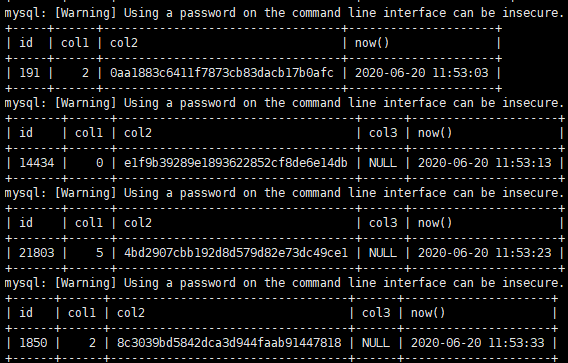

Updating Tables : Adding columns to an existing table. In this example, we will be deleting the section column from the students table. P.S: The rollback always executes the corresponding down() method. Php artisan migrate:fresh : This drops all the tables and executes the migrate command again. Its like recreating your entire database.

Php artisan migrate:refresh : This rolls back all your migrations and execute the migrate command. Php artisan migrate:reset : This rolls back all your applications migrations. Default NULL: Set the column default value to NULL. Clear Default: Clear the assigned default value.
#Mysql delete column field from table update
Refresh: Update all information in the Columns subtab.

Use the Control key to select separated columns. Php artisan migrate:rollback : This rolls back the last batch of migrations. Delete Selected Columns: Select multiple contiguous columns by right-clicking and pressing the Shift key. P.S: Confirm the database that it's been updated with the columns and their respective types. First, write ALTER TABLE, followed by the name of the table you want to change (in our example, product ). The MySQL ALTER TABLE statement is also used to rename a table. Description The MySQL ALTER TABLE statement is used to add, modify, or drop/delete columns in a table.
#Mysql delete column field from table how to
This command runs all outstanding migrations. This MySQL tutorial explains how to use the MySQL ALTER TABLE statement to add a column, modify a column, drop a column, rename a column or rename a table (with syntax and examples). The name of the table to be created is tests, you can change it to any preferred name.Įnter fullscreen mode Exit fullscreen mode P.S: Migration files are in the database/migrations directory. If you're not sure how to do that, here is a simple guide.Ī migration can be simply generated with the following command: P.S: Ensure that you have connected your laravel application to database before proceeding. The up() method is run when migration executes to apply changes to the database while the down() method is run to revert those changes. They can also serve as a version control for your database.Ī default laravel migration file comes with a class definition containing both an up() and a down() method. Laravel migrations simply allows you to easily perform certain actions to the database without going to the database manager (eg. Nevertheless, I discovered an easy way out so please, enjoy the read!😎 Have you been at that point where you finished setting up your database and realized you forgot to add a column 😨 or you put in a wrong column and you have to remove it 😣? Are you like me that usually refreshes the entire database for minor changes ? That's poor programming practice and what would you do if it was a company's database?


 0 kommentar(er)
0 kommentar(er)
